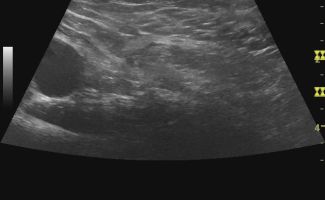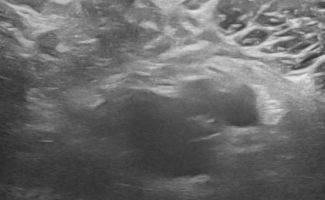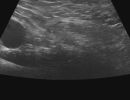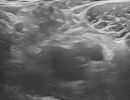Which pathologies can be diagnosed with Abdominal Wall Ultrasound?
With the Abdominal Wall Ultrasound, a specialized Radiologist can diagnose various conditions that may affect the abdominal wall, such as:
- Focal Lesions
- Umbilical hernia
- Inguinal hernia
- Femoral hernia
- Linea Alba Diastasis
What are the advantages of Dynamic Abdominal Wall Ultrasound?
Compared to other imaging methods, Dynamic Abdominal Wall Ultrasound has certain significant advantages:
- Dynamic Examination: Ultrasound is a dynamic imaging method, meaning that the examination can be performed during movement. This is particularly useful in studying the abdominal wall because hernias may not be visible when the abdominal wall is at rest. With the dynamic Valsalva maneuver, the diagnosis of femoral hernia, inguinal hernia, or umbilical hernia is possible.
- Real-time Examination: The real-time nature of ultrasound imaging allows direct communication between the patient and the doctor, facilitating optimal correlation between symptoms and diagnosis.
- Safe and Patient-Friendly: Abdominal Wall Ultrasound does not involve exposure to ionizing radiation or the use of intravenous contrast agents, making it a safe examination for all patients.
How is Dynamic Abdominal Wall Ultrasound performed, and what preparation is needed?
Dynamic Abdominal Wall Ultrasound is a painless examination that does not require patient preparation. During the ultrasound, the doctor applies gel to the area and examines it with the ultrasound probe.
As part of the dynamic maneuvers, the patient performs certain movements as instructed by the radiologist. The dynamic ultrasound examination of the abdominal wall lasts approximately 30 minutes.











